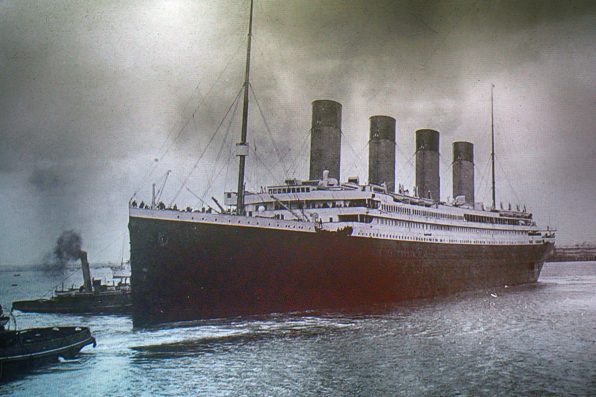Even over a century later, the story of the Titanic’s tragic end has continued to capture the attention of the masses. Although nothing can compare to the 1,500 precious human lives that were lost when the Titanic sank, valuable possessions come to a close second.
During the infamous shipwreck, a number of costly treasures that first-class passengers brought on board went down with the ocean liner, never to be seen again.
The most expensive item happened to be an oil painting by Merry-Joseph Blondel, titled Le Circasseinne au Bain. The painting belonged to Mauritz Håkan Björnström-Steffansson, a 29-year-old Swedish heir to a wood pulp fortune.
After the Titanic sank, an insurance claim was made for the painting, and it was the single largest claim to be filed out of the $6 million worth of claims. The work was estimated to be worth $100,000, which equates to about $3 million today.
But what exactly made this piece of artwork so valuable? Let’s take a deep dive to find out more about the artist behind the painting.
Merry-Joseph Blondel was a French Neoclassical painter who was well-known in the art scene during his time. He was born in Paris in 1781, and from a young age, he already showed signs of incredible promise.
At the age of 22, he submitted an oil painting to the Salon at the Louvre, winning a prestigious award that allowed him to study art at the Villa Medici in Rome. For three years, he studied in Rome.
When he returned to Paris in 1814, he submitted Le Circasseinne au Bain to the Salon. The painting depicted a young, nude Circassian woman about to step into a bath and her elegant surroundings of dense foliage and fountains.
In Paris, Blondel was highly sought after for his talents. In 1824, he landed a teaching position at an influential art school, which he held for thirty years until his death in 1853. A century later, Le Circasseinne au Bain landed in the possession of Björnström-Steffansson.

Sign up for Chip Chick’s newsletter and get stories like this delivered to your inbox.


